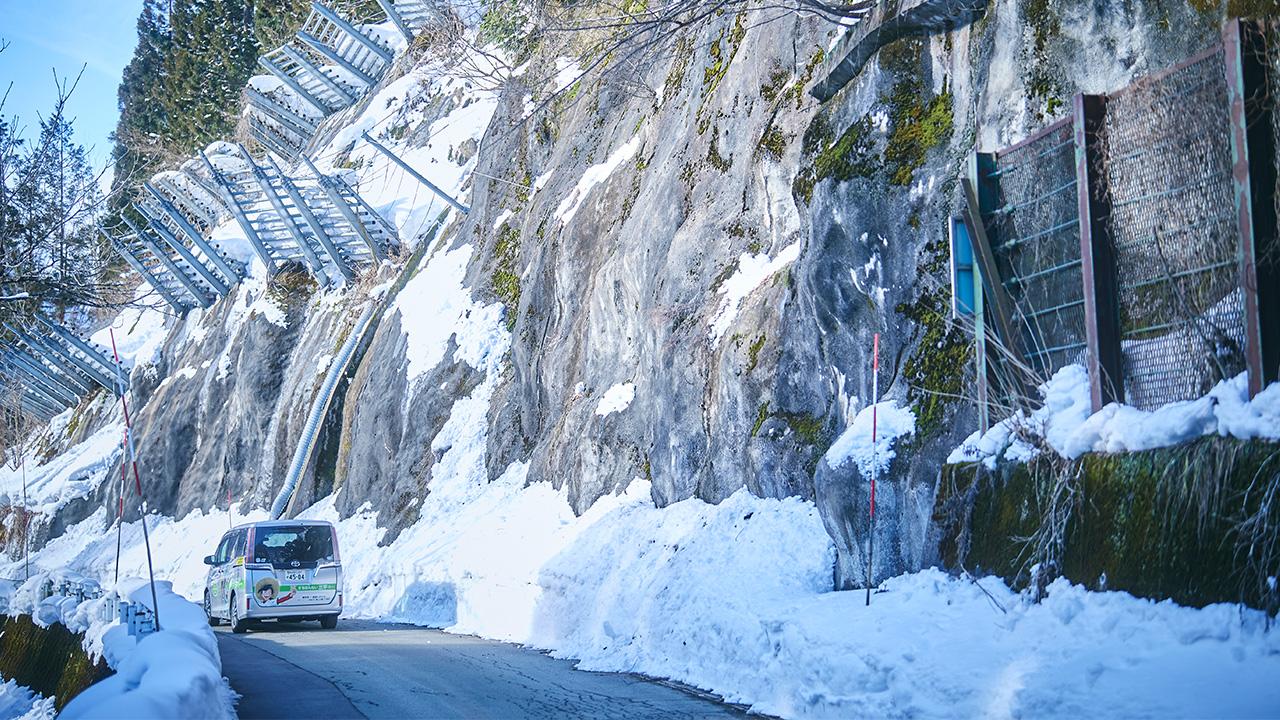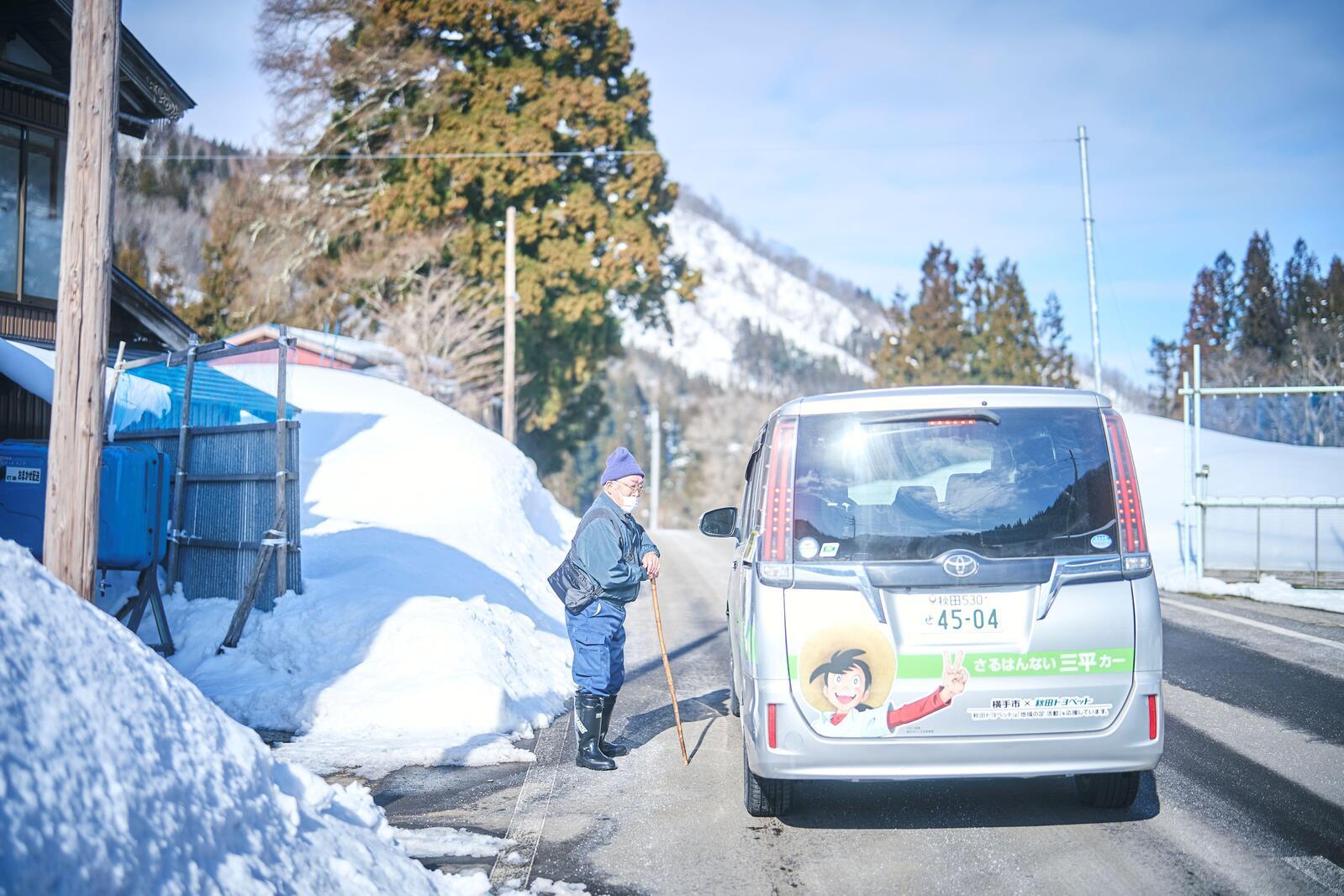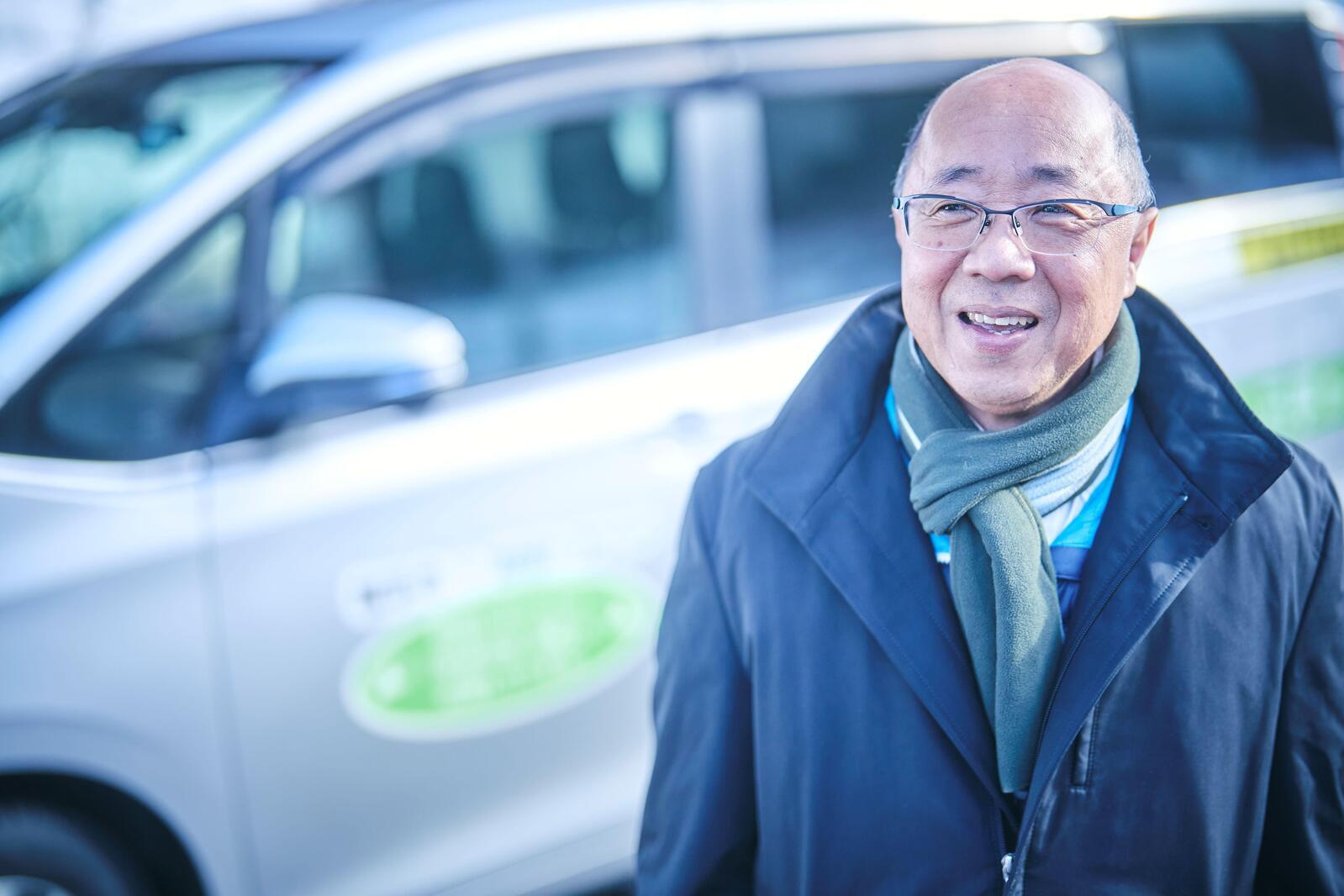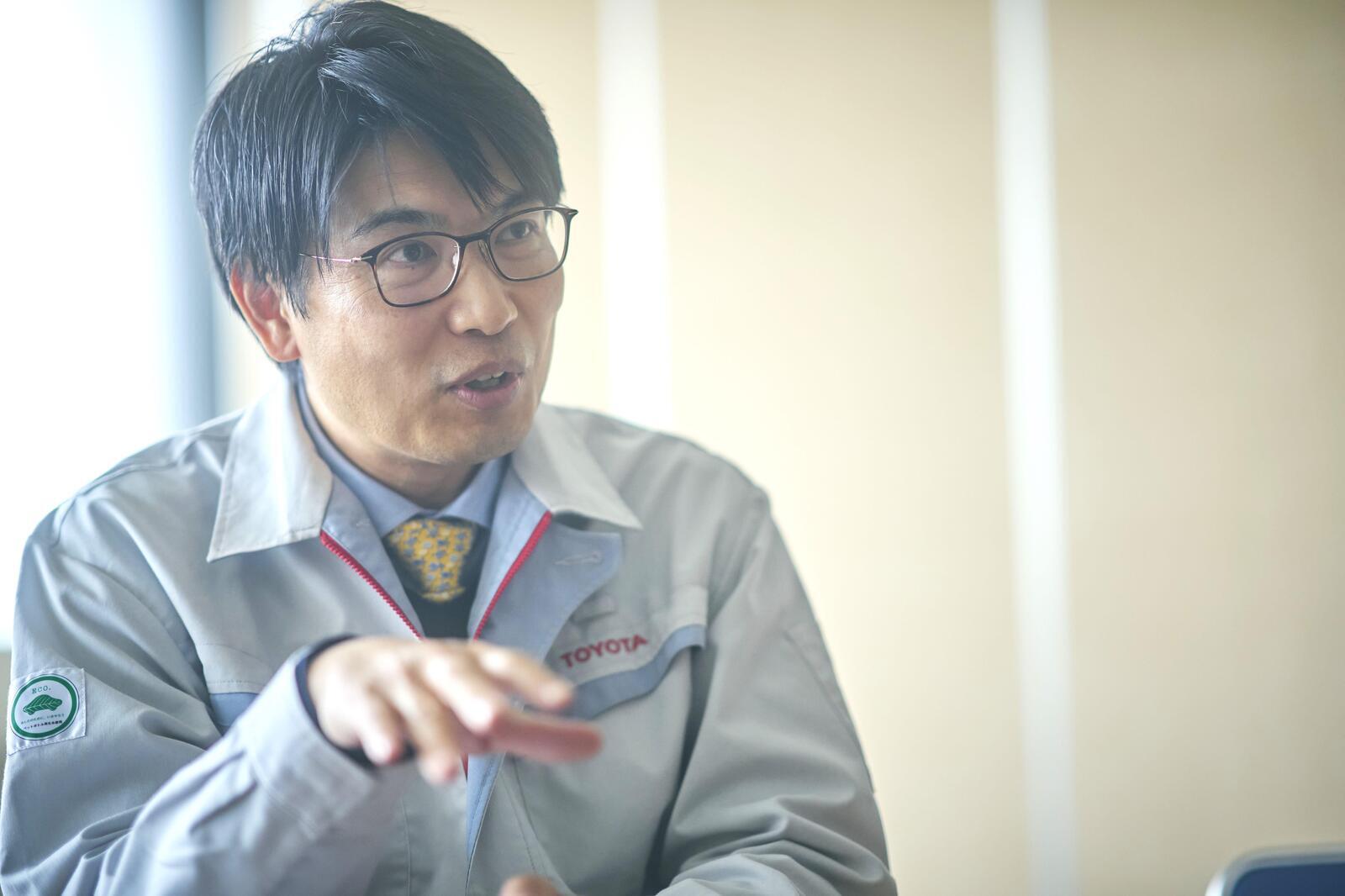
As many as 80% of Japan's bus routes are facing potential service reductions or closures. What do such figures mean for the mobility of people in marginal communities?
So, what caused the poor passenger turnout? It was the residents’ worry that embracing Cheer Bus would put a nail in the coffin of their regular bus service.
Another obstacle was the initial reservation requirement, which meant users had to call Yokote City Hall to provide their name and age by 4 p.m. on the day before use.
Ryoji Okuyama, Chairman, Saruhannai Community Assistance Group
People who live around here aren’t used to dealing with city hall. When calling government offices, they feel they can’t speak in the local dialect. That language barrier means they don’t even feel comfortable making a phone call.
As a result, the system was changed so that reservations could be made by calling Chairman Okuyama directly at home or on his mobile phone. Then reservation-making was scrapped altogether and replaced by scheduled trips, making it easier to know when the bus would be running. Gradually, user numbers picked up.

Doing away with onboard cameras
Regular bus service ended in October 2018, leaving the shuttle as the community’s sole means of transportation. Financial losses were halved, and passenger satisfaction grew thanks to the door-to-door coverage.
Efforts were also made to improve working conditions for drivers. To eliminate the unpleasant feeling of being monitored, onboard cameras are not installed in the vehicle. Such consideration has helped attract new drivers, providing more opportunities for older adults to be engaged even as the population shrinks.
Today, Cheer Bus has grown to 20 routes in 10 municipalities across Japan. Yet, as unprofitable rail and bus lines continue to close, Toyota estimates that some 10,000 routes may be needed to fill regional transportation gaps.
Unfortunately, providing transport for depopulated areas is unlikely to be lucrative, so few companies are getting involved. Without serious efforts to confront the challenge, more and more people around Japan will suffer due to a lack of mobility.
That is why Toyota is exploring the possibilities for turning this into a sustainable business, rather than a charity project. Local governments have offered some hints from their perspective.
Manami Suzuki, Head of Management and Planning Division, Yokote City Hall

Community initiatives don’t always work out well if the government gets too involved. To be sustainable, I feel that residents must have an underlying drive to solve problems for themselves, as in the Saruhannai area.
One member on the Toyota side also shared the following story.
Yasushi Kawaguchi, Professional Partner, CV Management Div.

An older lady who lived at the end of the route told me before she passed away, “I never thought I would live to see a bus come this far into the mountains. I was only able to keep living here thanks to this bus.” It made me feel truly glad that we embarked on this endeavor.
Even in the most remote parts of a region known for its heavy snowfall, the Cheer Bus navigated treacherous driving conditions to deliver hope to residents.
Tetsumichi Ito is the president of Akita Toyopet, which continues to support the project with vehicle maintenance and other services. He says the experience showed him the true root of mobility.
Tetsumichi Ito, President, Akita Toyopet

This became more than a means of transportation, spurring interaction between the settlements and bringing more tourists in from the town. We could see how it energized the people living here. I realized that this is the root of mobility.
He continued:
Tetsumichi Ito, President, Akita Toyopet
I thought of mobility as incorporating digital technologies, but it was more than that. Convenient transport invigorates a community and frees up time for other things. I think this is what mobility is all about.
Nobuyuki Sakakibara, Group Manager, CV Management Div.

Instead of relying on digital solutions, let’s do what we can right now. The idea was raised in June 2016, and the trial started in November. That is incredible speed, and the system is still running today, even in the rain or snow.
Seeing everyone’s enthusiasm and team spirit re-emphasized the importance of trying something and sticking with it.
Ryoji Okuyama, Chairman,
Local people told us how much they appreciate having a reliable means of transportation. Even younger generations are grateful, as some previously took time off work to take older parents to the hospital. That brings us cheer and keeps us going.
Going where you couldn’t go before, doing what couldn’t be done—happiness rarely takes such simple forms. Both physically and emotionally, the Cheer Bus continues to move many.

